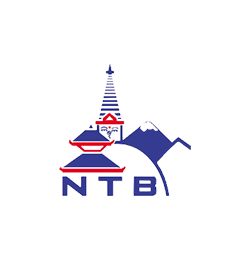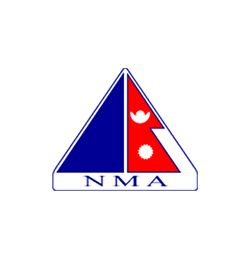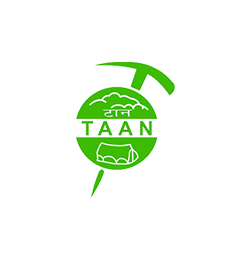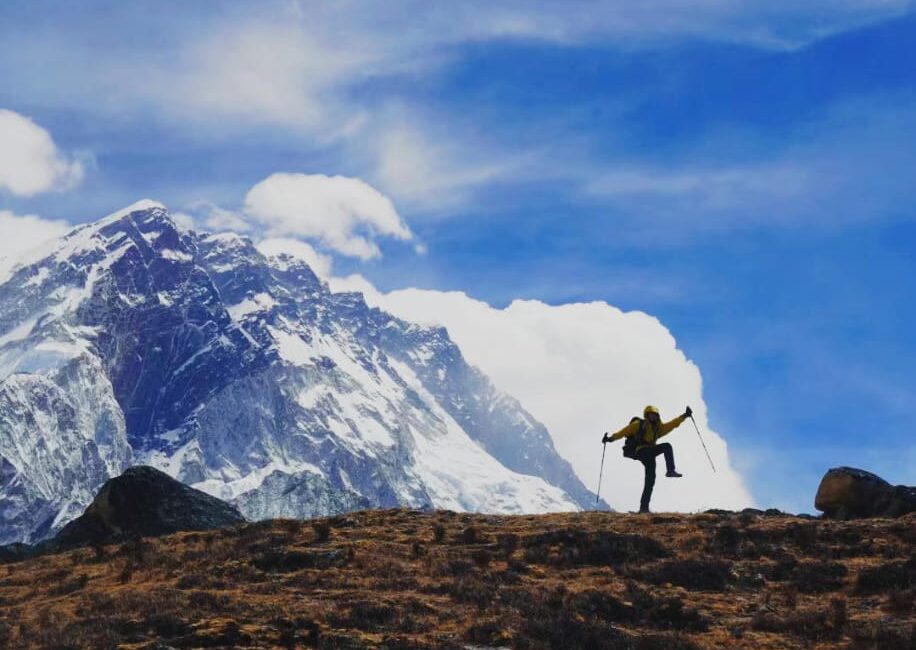
Are you planning an adventure to one of the highest places on Earth?
Every year, nearly 30,000 travelers visit Everest Base Camp, making it one of the most renowned trekking trails globally. This trek offers a magnificent view of the Maha Langur Himalayan range and an opportunity to explore the lifestyle of the Sherpa community.
The trek typically begins with a thrilling flight from Kathmandu to Lukla Airport, known for its challenging location on the lap of the high Himalayan hills. Alternatively, you can start your journey on the Jiri to Jorsalle route. From Lukla, the path follows the bank of the Dudhkoshi River and passes through the Sagarmatha National Park, home to several endangered species such as the Himalayan Thar, Snow Leopard, Danphe, and Munal. Along the way, you will traverse through charming Sherpa villages including Lukla, Phakding, Namche Bazaar, Tengboche, Dingboche, and Lobuche, culminating your journey at Everest Base Camp – the ultimate destination of the EBC Trek.
If you are a novice hiker considering adding the Everest Base Camp Trek to your travel bucket list, here are 10 things you need to consider to ensure a successful expedition.
Requirement of Physical Fitness
For Everest Base Camp Trek, you do not need to have hard physical activity and fitness levels. You just need to be physically fit as the hike is not too steep. So, it is considered to be a moderate trek. You can go steadily, taking 5 – 6 hours to walk each day. You just do not need to push hard on this trek and do not need to push yourself. Well, acclimatization is required. So mostly, trekkers rest in Namche Bazaar – the biggest town in the region.
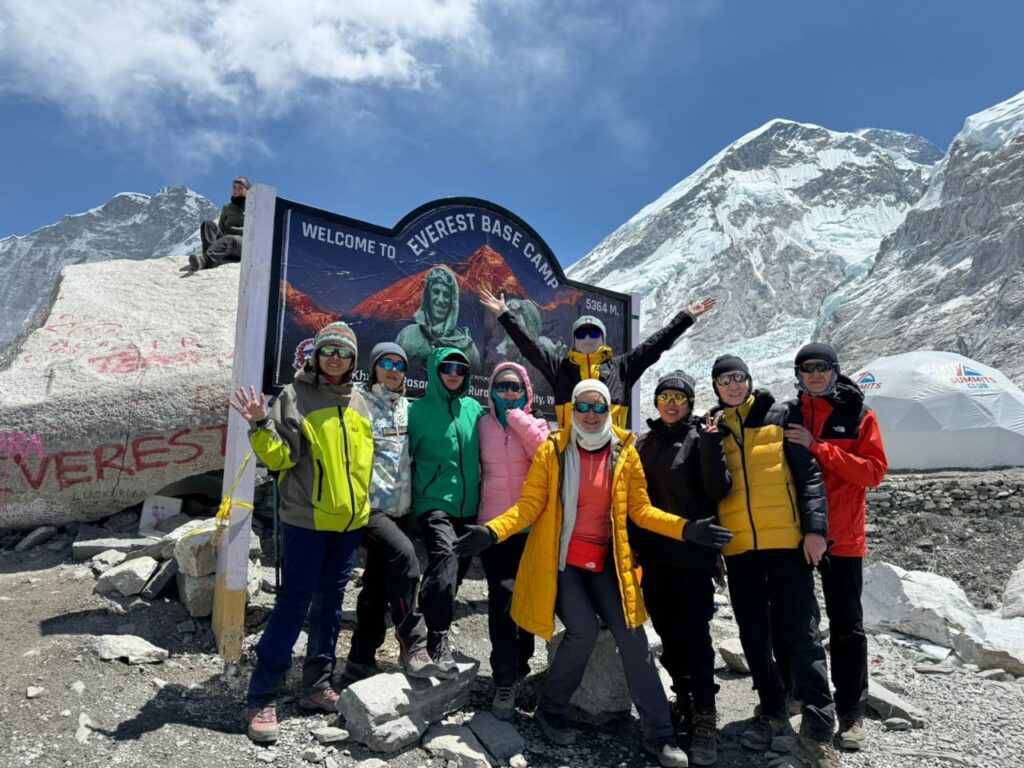
Essential Packing List for Everest Base Camp Trek
Before you kick off the trek, you must have a proper packing list for Everest Base Camp Trek. Sleeping bag, down jacket, trekking poles, trousers, lightweight t-shirt are the must to bring while trekking in EBC. These things can be bought or rented in Kathmandu. So, you do not need to bother about it.
An essential packing list of recommended trekking gear are as follows
- A pair of trekking boots with good ankle support
- Rucksack or daypack (30 liters) with waterproof cover
- Trekking pants and waterproof trousers
- T-shirts or shirts
- Down jacket
- Wind/ waterproof light jacket
- Fleece jumper or jacket
- Inner Thermal (top and trouser)
- Socks and underwear
- Sunglasses, sun hat, woolen cap, or balaclava
- Inner and outer gloves
- Headlamp, power bank, and extra batteries
- Sun protection cream, wet wipes, and hand sanitizer
- Towel, flip-flop or rubber sandal, toiletries
- Water bottles and water purification tablets
- Crampons and Gaiters
- 4 season Sleeping bag
- Sleeping bag liner
Choose a best time to trek
To successfully complete a trek in Nepal, it’s crucial to choose the best time of year. Selecting the right time greatly increases your chances of a successful journey. Thus, timing is your first step toward a successful trip to the Everest Base Camp. Typically, the best seasons for trekking to Everest Base Camp are from March to May and from September to December. These months offer the most favorable weather conditions and the clearest mountain views. However, if you are trekking in Nepal for the first time, it is recommended to choose mid-March to May or mid-October to November.
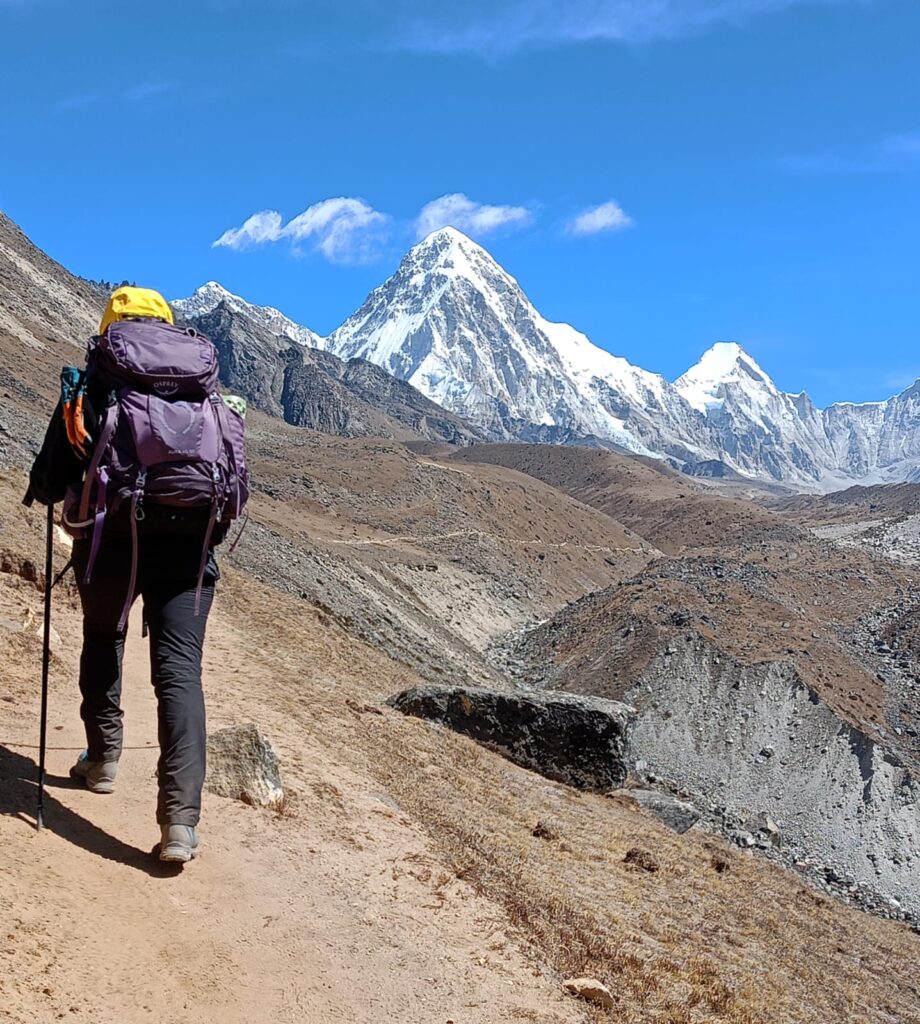
Plan with a local tour operator
Find the best trekking agency based in Kathmandu, as they typically employ local native guides from the Khumbu region. Be cautious about the helicopter rescue scam, as many tour companies offer low-priced packages but fail to provide adequate services, potentially leading you into a scam.
How to find the best trekking agency?
- Check registration and affiliation.
- Analyze services and costs.
- Review testimonials and feedback.
- Assess expertise and safety standards.
- Evaluate the guides.
- Make an inquiry.
Understanding the Costs of the Everest Base Camp Trek: Budgeting for Your Adventure
The price of the Everest Base Camp (EBC) trek can vary depending on several factors including the size of the group, the length of the trip, the type of accommodations, the season, and the specific services selected. Prices typically range from $1100 to $4999.
Pricing for the trek is influenced mainly by the accommodation standards chosen—standard vs luxury. As a result, many companies offer two distinct types of packages: a budget-friendly option and a more luxurious version.
Start by setting a budget. Next, choose whether you prefer a standard or luxury travel package.
Even the standard or budget packages include quality hotel stays. However, those opting for the luxury package will enjoy top-tier, 5-star accommodations both in urban areas and the best available in the mountains.
If you are planning your first trek, it’s wise to allocate additional funds for unexpected expenses.
For instance, if you wish to make the return trip to Kathmandu from Gorakshep more comfortable, there is a helicopter option available after the EBC trek, ideal for those short on time or seeking a less strenuous experience. Alternatively, if hiking is challenging but you still want to witness Everest, consider booking a helicopter tour of Mount Everest directly from Kathmandu.
Group size also affects the cost of the EBC trek. For example, the standard package costs $1499 for one person but decreases to $1299 per person for groups of five.
During the peak trekking seasons, the overall costs for the EBC trek, including flights and accommodations, are generally higher.
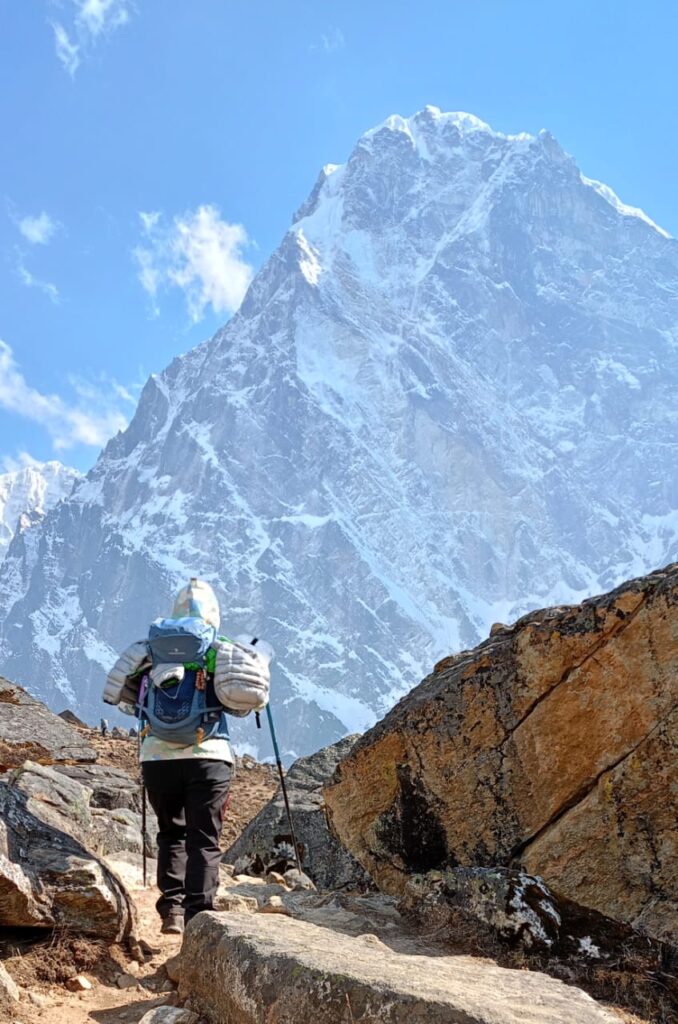
Accommodations and Amenities During an Everest Base Camp Trek
While trekking to Everest Base Camp, don’t expect the same level of luxury that five-star hotels in Kathmandu might offer. Although you’ll find more upscale hotels in towns like Phakding and Namche Bazaar, in most areas, accommodations are typically in teahouses. These teahouses offer basic amenities, and it’s important to note that there may be additional charges for services such as WiFi, showers, and battery charging.
What do you eat?
Maintaining a good eating routine is crucial for travelers, especially on an arduous journey like the Everest Base Camp trek. It’s important to understand your dining options, as the right meals will provide you with the necessary energy and stamina for your daily activities.
Most tea houses along the trek route offer a variety of hygienic and hearty meals, following similar menu templates. Typically, you’ll have three meals a day: breakfast, lunch, and dinner.
For breakfast, expect to find options such as bread, toast, pancakes, and rice pudding, which are all popular choices among trekkers. When it comes to lunch and dinner, the traditional ‘Dal Bhat’ a meal consisting of rice and lentil soup served with curry (usually seasonal vegetables) is a staple. This dish is not only nutritious but also provides a sustainable source of energy. Additionally, you can often find other items like Momos (dumplings), pizza, sandwiches, burgers, and fried rice.
It’s advisable to pay attention to your diet and ensure you consume enough food to stay energized throughout your trek.
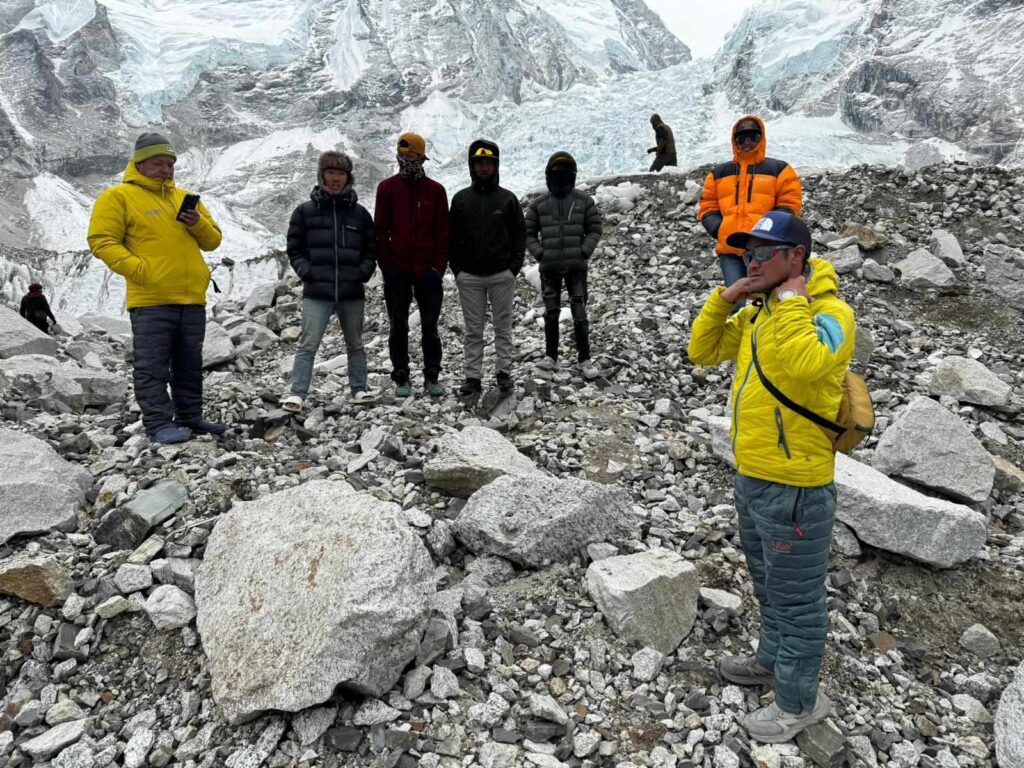
Hire a Guide or Porter
As a beginner trekker, we recommend hiring at least a guide or porter. There are numerous advantages to this:
- A guide can provide immediate assistance in emergencies.
- They offer valuable insights into the Himalayas, including information about local lifestyles and trail conditions.
- They can help you select quality food and accommodations.
Alternatively, hiring a porter can greatly enhance your experience by carrying your luggage, allowing you to enjoy the natural surroundings with ease.
Buy A travel Insurance
Lastly, it’s essential to purchase travel insurance that covers high altitude sickness. If you encounter any altitude-related issues, helicopter rescue may be necessary, which is quite expensive in Nepal. Therefore, secure comprehensive travel insurance before your trek to Everest Base Camp. It will protect both your time and investment.
Conclusion:
Everest Base Camp Trek is not just a journey; it’s an epic adventure that challenges and rewards in equal measure. It offers an unparalleled opportunity to immerse oneself in the breathtaking landscapes of the Himalayas and the rich culture of the Sherpa community. For beginners, the trek is an attainable challenge, provided there is adequate preparation. By ensuring physical readiness, packing appropriately, choosing the right season, and planning with reputable local tour operators, the trek can be a deeply fulfilling experience. Remember, the key to a successful expedition lies in preparation and respect for the natural and cultural environment you are entering. Whether you’re gazing up at the majestic peaks, interacting with the local community, or pushing your physical limits, the journey to Everest Base Camp is one that leaves a lasting impression, forging memories that will last a lifetime.

